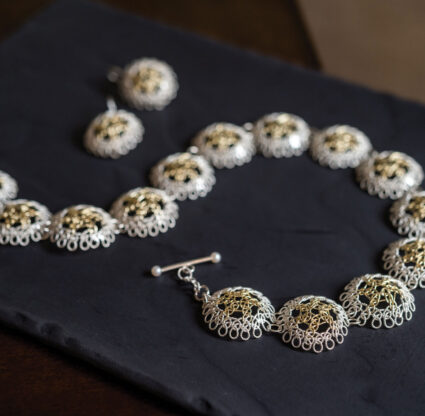 Bird brains may be a lot sharper than you think. I’m talking about those beauties we see soaring and stalking their way across Southwest Florida these days. It turns out they’re pretty clever, for example, in their feeding and mating modes—and this comes from three men who watch them very closely and very patiently. Dennis Goodman, Alan Maltz and Rod Wiley are amazing talents at capturing birds on camera and recently agreed to share the details behind some of their most memorable photographs.
Bird brains may be a lot sharper than you think. I’m talking about those beauties we see soaring and stalking their way across Southwest Florida these days. It turns out they’re pretty clever, for example, in their feeding and mating modes—and this comes from three men who watch them very closely and very patiently. Dennis Goodman, Alan Maltz and Rod Wiley are amazing talents at capturing birds on camera and recently agreed to share the details behind some of their most memorable photographs.
Dennis Goodman: Looking for the Soul of the Bird
“One day,” Dennis recalls, “I was walking down the beach toward Gordon Pass, thinking of getting a shot of the sunset. I spotted an eagle up in a palm tree and saw a guy fishing nearby. The eagle was watching as the man hooked his snook and the fellow said to me, ‘The eagle knows what’s going to happen next.’ Sure enough, the man throws the snook back and down swoops the eagle. I ran into the water—I had a shorter lens on the camera than usual—and got off one shot as the eagle picked up the fish in its claws and flew away for dinner. To me, it was the shot of a lifetime, getting a bald eagle and a popular sport fish like that.”
Dennis says he wants us to feel something when we look at his pictures of the birds, to get a feel for their attitude. He studies their habits and will wait hours for the perfect moment. Watching the blue heron fly out for sticks for the nest, he prepares for the return when the male hands the sticks to the female to weave them into the nest. “I like to get the hand-off,” Dennis says, “and, after that they do a beak-to-beak, kind of like one of our high-fives.” There’s something else Dennis observes: “With the snowy egrets, great egrets and blue herons, when their neighbors take off in search of nest-building materials, the ones back home steal their sticks.” Busted.
Alan Maltz: Feisty Does It
Sometimes, the action is planned; sometimes, not. Back in 2010, down in Chokoloskee, Alan ventured out at dawn to the mangrove islands and in just two hours got 23 images so good they became part of his portfolio. That was set up with a guide and all. But another time, right opposite legendary photographer Clyde Butcher’s gallery in the Everglades, he happened upon a blue heron standing on an old log. “The sunset was right on him and he was cooperative for maybe two minutes,” Alan says, “but it turned out to be one of my best bird photos ever, rendered in shades of magenta and blue.” On the way once from Fort Myers to Sanibel, Alan noticed several snowy egrets in in a garbage dump by the marina on the Fort Myers side. One of them got feisty, jumped on a log and started to preen and show himself off. Alan jumped on the shot, blacked out the background in production and says, “That photo became one of my all-time best-sellers.”
Rod Wiley: Mating on Bonita Beach
Now this is what we see when Rod tries to capture the mating ritual of the least tern, a small bird diving for fish in the waters off Bonita Beach. Rod, weighted down with thousands of dollars worth of equipment, starts 100 feet away, aiming to get within 20 or 30 feet of his subjects. He’s sinking as he advances and knows he’ll be on his knees in the water before it’s over (“You don’t want to look down on them,” he says.) The male, Rod reports, gets his fish, returns to the beach and stands behind the female with the fish in his mouth. “He’s doing his head-bobble,” Rod says, “and if she likes him she’ll nod yes after maybe a half-hour. Then they mate. I got a shot of him giving her the fish. The next time they mate, he eats the fish himself. Not taking her to dinner the second time out.”
Rod’s fascinated with the shore birds laying their eggs. “The birds will stand over the eggs with their wings spread to keep them cool,” he says. “You don’t want to scare them away, because without the shade the eggs will cook and kill the embryo.” Of course, he takes a beating out there himself. Once, photographing a great blue heron at Lovers Key, he was out for an hour at sunset being bitten up by waves of mosquitoes. “I felt like I was on fire,” he says, “and you’ll only make it worse by digging at them.” But here’s the thing—and it really speaks for his fellow photographers as well: “What’s the discomfort for an hour if you can get pictures that last for a lifetime?” Thanks, guys. We feel your pain and glory in your results.





